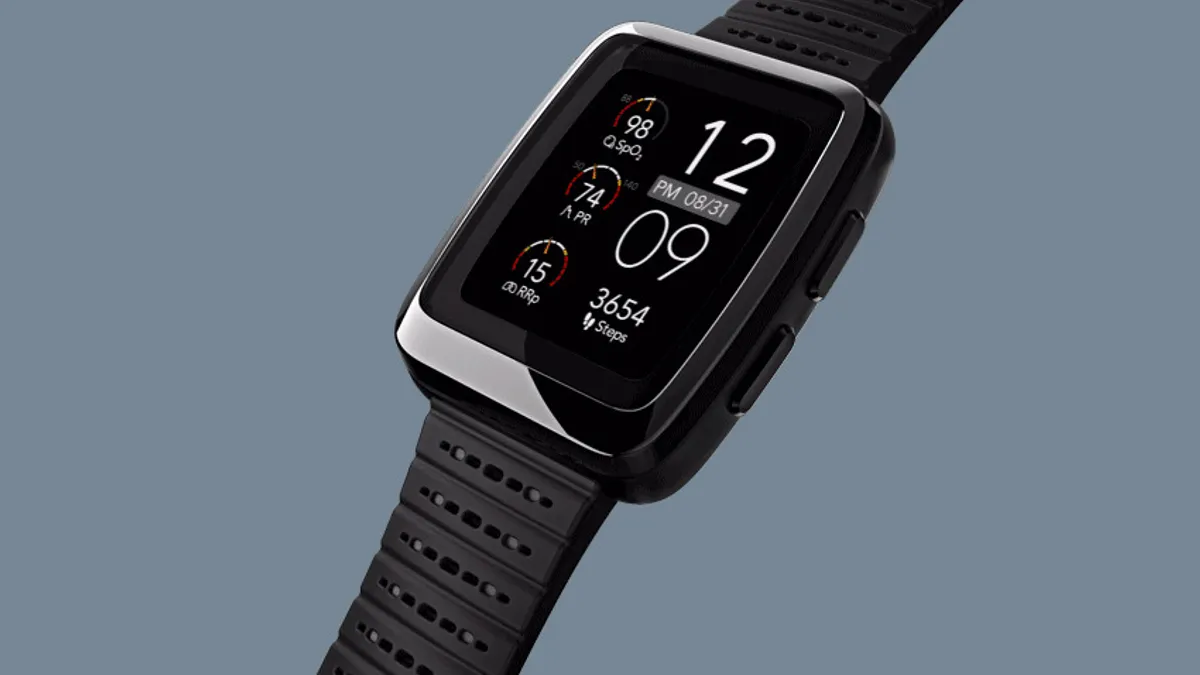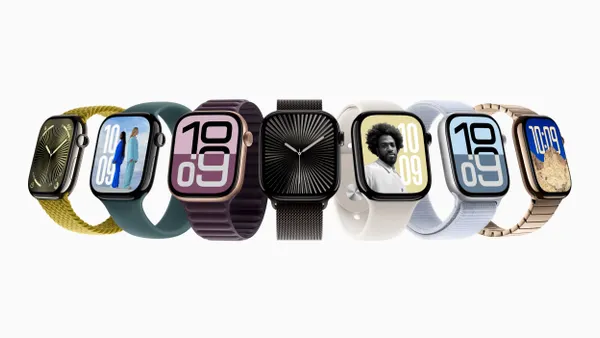Dive Brief:
- Analysts at Stifel have given a boost to Masimo ahead of a key shareholder vote, highlighting the potential for its W1 watch to “enhance patient outcomes, optimize care delivery and ‘massively’ reduce costs.”
- Masimo is fighting activist investors who argue the company has shown an “inability to profitably innovate and grow.”
- After talking to six early-adopting clinicians, the Stifel analysts are encouraged W1 can reduce “staffing pressures, length of stay, readmission rates and costs” but think Masimo needs to generate more data and improve the device’s battery life and connectivity.
Dive Insight:
Masimo is a leading provider of pulse oximetry devices but ceded the early running in the wearables space to other companies, leading to a legal battle with Apple and ultimately to the launch of its W1 device. While some European hospitals are adopting the device and a 510(k) clearance is potentially imminent, the roll out has been overshadowed by a proxy battle over the direction of the company.
Analysts at Stifel brought the focus back to the W1 watch in a note to investors based on its talks with six clinicians, split evenly between Europe and the U.S. The conversations suggest Masimo’s reputation may enable it to come from behind to become a major player as care moves from hospitals to homes.
“The doctors highlighted that Masimo’s pulse oximetry technology is more clinically validated than that of other health-tracking watches like Apple or Fitbit,” the analysts wrote. “With Masimo’s W1 watch, many of these clinicians believe the technology serves as a durable solution to bring that highly accurate patient monitoring from the hospital to the home.”
Some of the clinicians want to see data confirming “the W1’s vital sign monitoring equivalency to the company’s hospital-based offerings,” the analysts wrote. All of the clinicians have some experience with the device, though, and early impressions are positive. The doctors expect to buy between 20 and 100 of the devices in the near term.
Masimo already provides devices for home monitoring, but the clinicians think W1 has advantages over those existing offerings. Unlike the company’s Radius PPG device, W1 only needs to be taken off to be charged and looks like a normal device. Those factors could make patients more likely to keep using the device.













